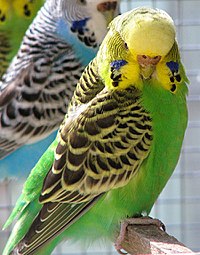
Effect of the blue pigment produced by the tropical diatom Haslea nusantara on marine organisms from different trophic levels and its bioactivity
Sign Up to like & getrecommendations! Published in 2020 at "Aquaculture Reports"
DOI: 10.1016/j.aqrep.2020.100389
Abstract: Abstract Marennine is the blue-green pigment produced by the temperate ubiquiste marine diatom Haslea ostrearia. This pigment is water-soluble and excreted in seawater during H. ostrearia growth and ageing. Previous studies demonstrated the adverse effects… read more here.
Keywords: bioactivity; diatom; pigment; pigment produced ... See more keywords

Non-blue Haslea species (Bacillariophyceae: Naviculaceae) in the benthic marine flora of Guam (Mariana Islands, Western Pacific Ocean).
Sign Up to like & getrecommendations! Published in 2020 at "Diatom Research"
DOI: 10.1080/0269249x.2020.1761887
Abstract: In recent years the taxonomy of Haslea has been in flux. We describe several Haslea taxa from Guam, including four new species, in light of these recent findings. Four delicate, fusiform Haslea species are described… read more here.
Keywords: species bacillariophyceae; bacillariophyceae naviculaceae; haslea; non blue ... See more keywords

What Was Old Is New Again: The Pennate Diatom Haslea ostrearia (Gaillon) Simonsen in the Multi-Omic Age
Sign Up to like & getrecommendations! Published in 2022 at "Marine Drugs"
DOI: 10.3390/md20040234
Abstract: The marine pennate diatom Haslea ostrearia has long been known for its characteristic blue pigment marennine, which is responsible for the greening of invertebrate gills, a natural phenomenon of great importance for the oyster industry.… read more here.
Keywords: haslea; pennate diatom; diatom haslea; diatom ... See more keywords